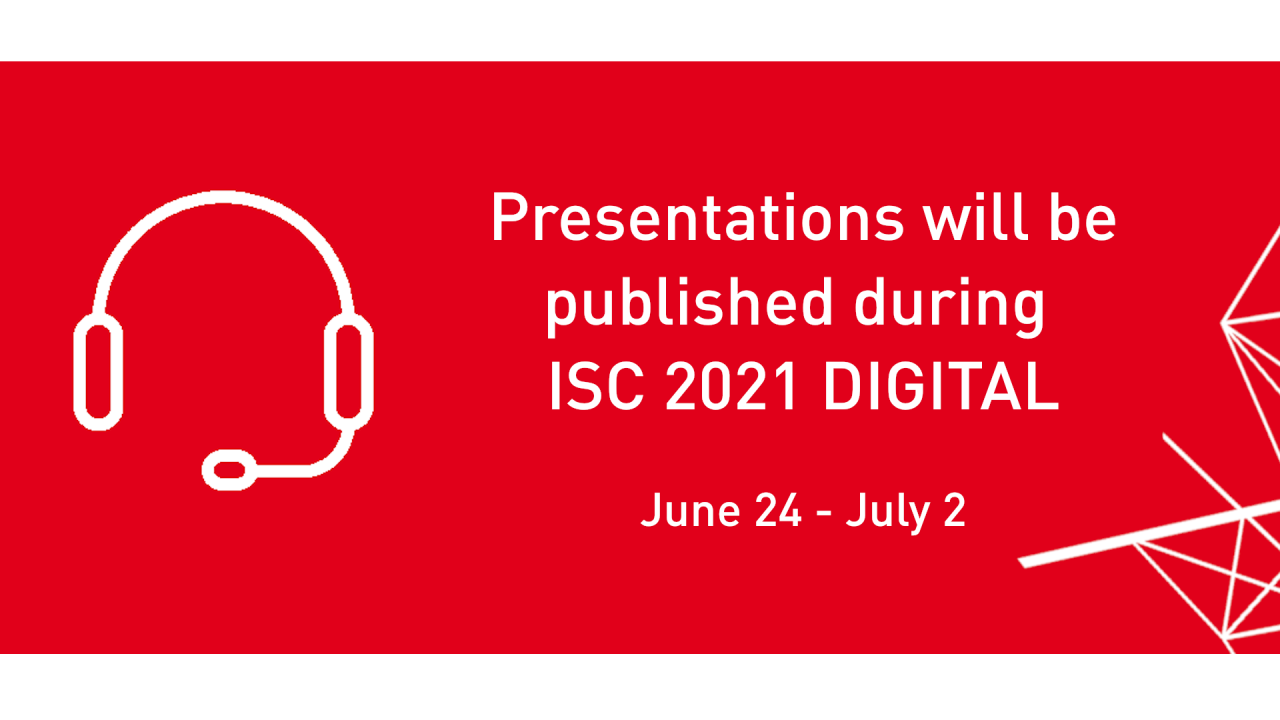

Understanding the universe: Looking beyond the Standard Model of particle physics using a supercomputer
Monday, June 28, 2021 1:45 PM to 2:00 PM · 15 min. (Africa/Abidjan)
Information
The Standard Model, developed in the 1970s, is the most successful scientific theory, capable of stunningly accurate predictions of how the universe's fundamental particles behave. But scientists know that the model is not the end of the story, not least because it does not include gravity or explain the mysterious dark matter that seems to be strewn throughout the cosmos.
To figure out what lies beyond the Standard Model, physicists have been trying to push it to its breaking point in laboratory experiments. Excitement is growing about the strange behavior of particles called D and B mesons, whose properties make them ripe for observing the effects of new physics. The probabilities, or branching fractions, of those particles decaying into leptons (electrons and their heavier cousins, muons and taus) are especially interesting because of their sensitivity to theories that extend the Standard Model. Discrepancies in the observed branching fractions with respect to the predictions would reveal the influence of hypothetical new particles that appear fleetingly but leave their mark.
The most accurate predictions can be achieved by treating numerically quantum chromodynamics, the theory of the strong interaction between quarks and gluons making up larger composite particles such as mesons. To complicate matters, those quarks also interact electromagnetically. Thanks to the new Fujitsu supercomputer QPACE4 installed at the University of Regensburg, we will be able to provide the most precise theoretical determinations for the rates of rare D- and B-meson decays, thus testing the limits of the Standard Model at unprecedented levels.



